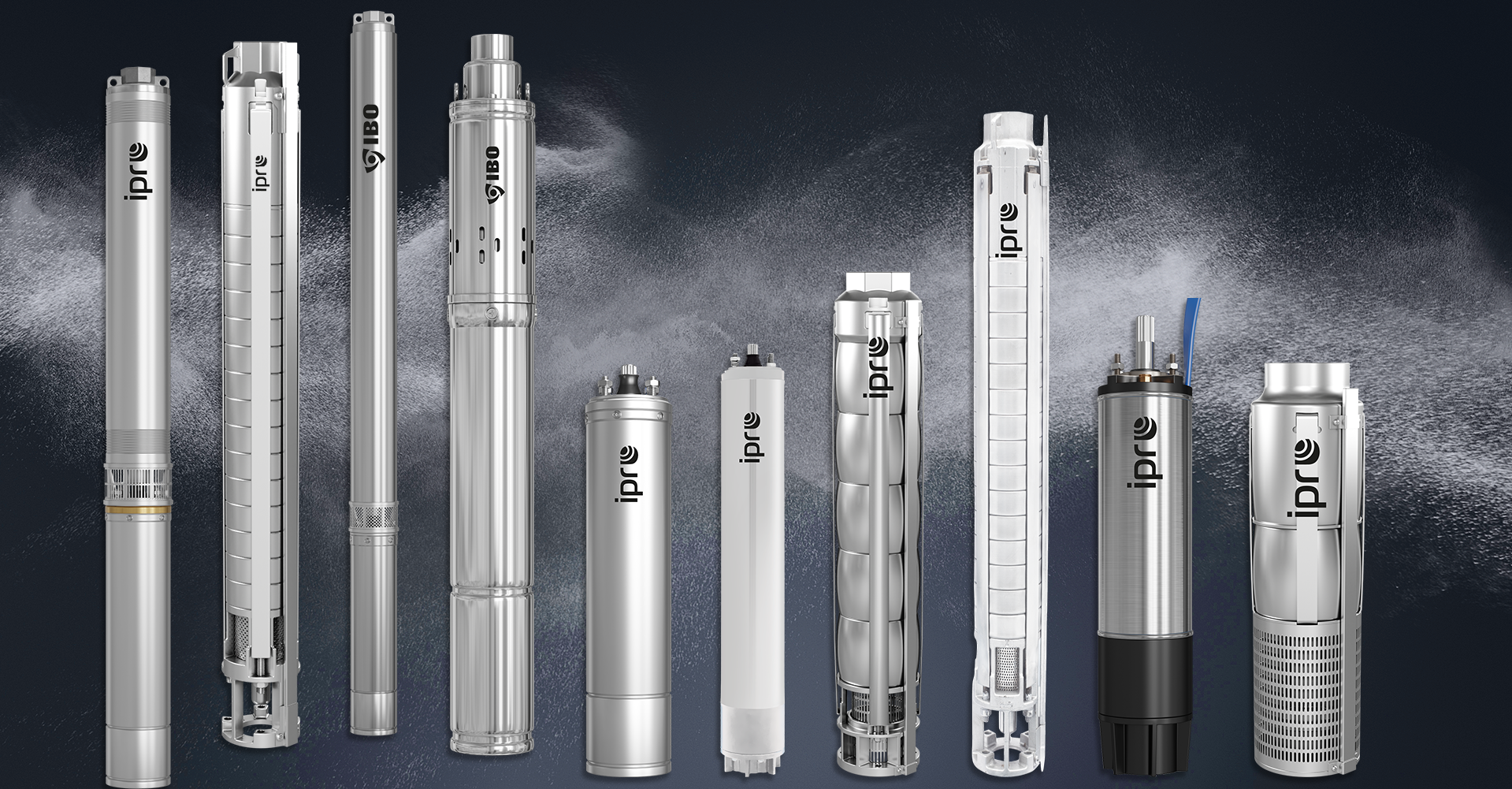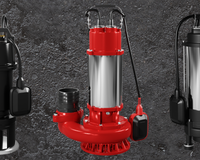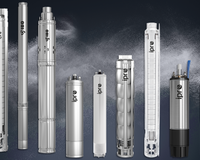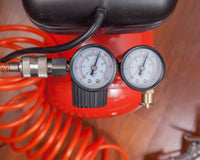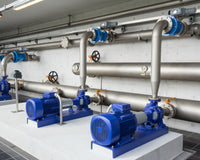The deep pump is one of many types of pressure pumps. It is used to pump water from very high depths. It has a screw or monoblock structure and works on the principle of a vortex. It is adapted to work in water and is widely used in industry and households. The deep pump is, among others, necessary for extracting water from deep wells. Let's check what parameters to look for when choosing the right deep pump?
Energy efficiency and reliability in action
The right deep pump should be primarily functional and reliable. High performance should accompany energy efficiency and reliable functioning in all conditions. Deept pump operations should not be too high. The deep pump must have a low energy consumption coefficient. It should be exploited in the highest efficiency range. Deep pump It will be energy -saving if it is properly selected for the type of well, diameter and depth of the well, the depth of the water mirror, building height, water demand and the distance from the building. The engine power, which usually ranges within 500W-1500W, is also very important for the pump efficiency. The thermal parameter, i.e. the permissible liquid temperature value is also important.
Pump capacity Q and lifting height h
Determining the pump performance parameter consists in determining the work point. The pump performance is expressed in DM3/S or M3/H, i.e. it means what volume of the liquid will be pumped in a given unit of time. To put it simply - the pump efficiency is the value of flow rate, which is necessary to cover the demand for water. On the one hand, the pump performance must correspond to the operating demands of the powered object, and on the other to be adapted to the performance of the wells and flow resistance. The pump performance must always be smaller than the well -efficiency.
The amount of liquid lifting is expressed in meters of liquid column and determines the pressure to be generated by the pump, taking into account about 20% of line and local losses. The geometric lifting height is the difference between the highest liquid receiver and the water mirror. It is best to measure the distance from the water mirror to the water connection in the building, and then from the connection to the highest acceptance point. Both values should be added to each other, and then add 20% of the geometric lifting height and 20 meters additionally, thanks to which the correct value of the required tap pressure will be maintained.

